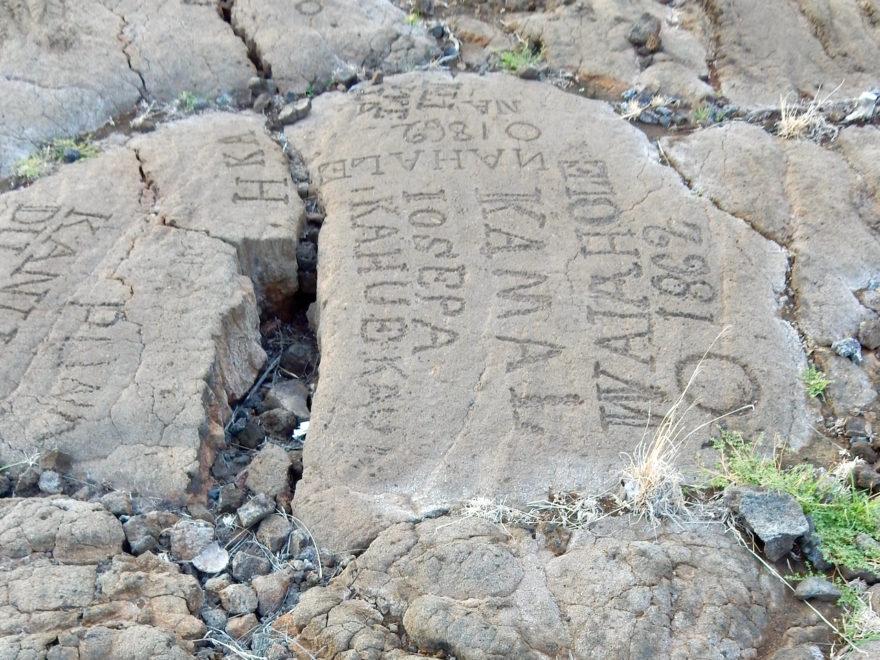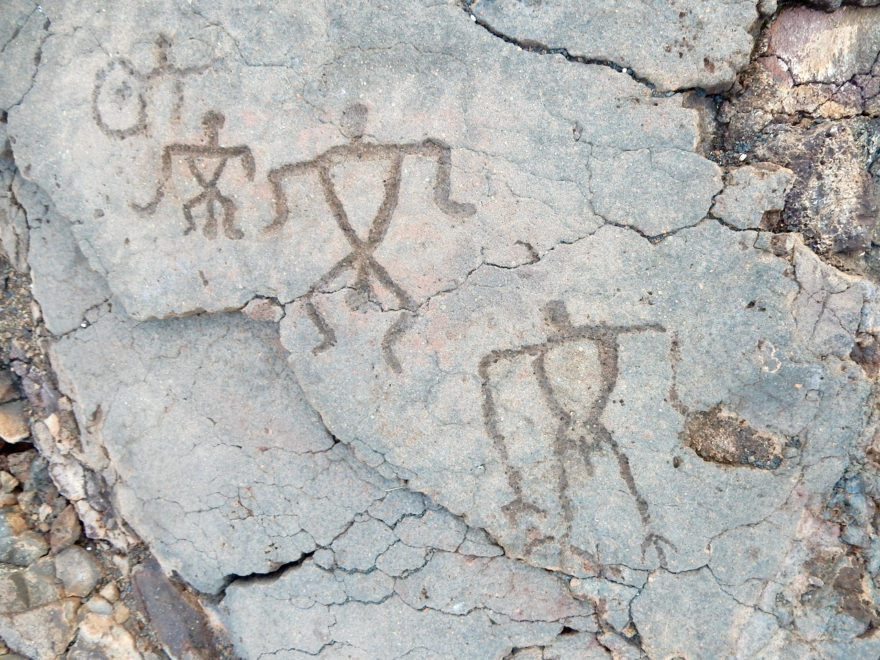Here’s a look back at a spectacular automotive art environment that once graced Chicago’s greatest decorated street. Regency Auto Sales was a blast of color and excitement as you headed down Western Avenue toward Chicago’s southern boundary. Each of the carnival-like signs scattered around the car lot was a strong work of art in itself. Together they formed an ensemble as exciting and expressive as any art environment should be. Just north of Regency was Tom’s Auto Mart. It was not nearly as elaborate as Regency, but its use of Disney characters to sell used cars was charming, a nice
Continue reading









